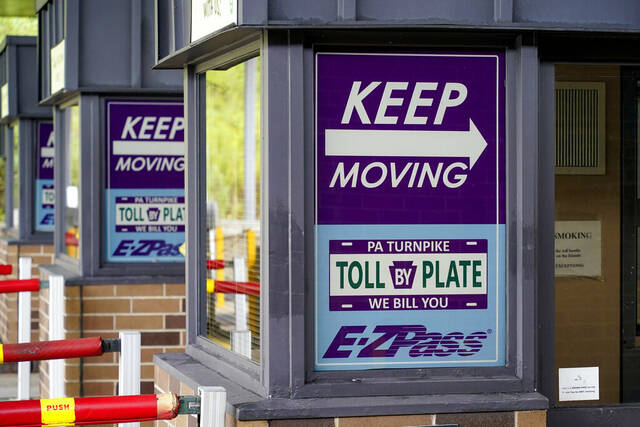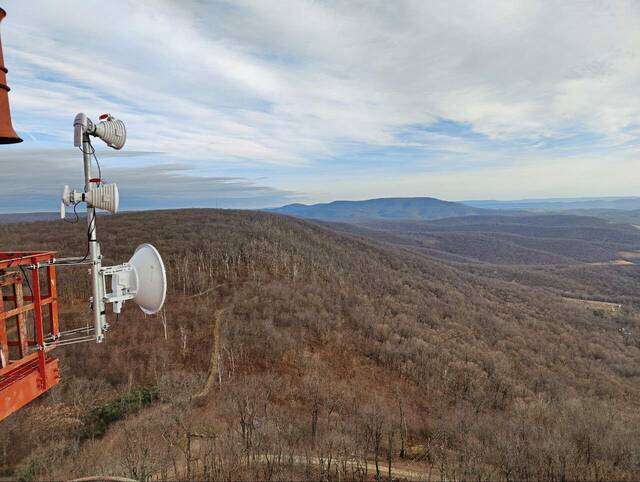Pittsburgh is definitely the big dog in Southwestern Pennsylvania.
The city can suck up all the air in the room. Look up pictures of the area, and you can be overwhelmed by the rivers and bridges, the stadiums and the glass and steel skyline.
But cross those bridges or drive through a tunnel, and you can be in a different world.
The surrounding communities may speak the same yinzer language and pray to the same Steelers gods, but they aren’t necessarily the same. The difference between Pittsburgh and a small borough in an adjacent county is the difference one would see between Paris and a fishing village in the south of France.
And so it is not surprising that those outlying areas don’t want to be measured with Pittsburgh’s yardstick.
County commissioners from across the region are frustrated by being locked in a coronavirus red zone. They feel they have the numbers to break out but can’t because Allegheny County’s population size.
Butler County has just six deaths to Allegheny’s 111. Fayette has four, Washington two and Greene just one. Yet because the state is looking at moving counties out of the full lockdown of red to the more moderate yellow based on region, what happens in the area’s beating heart is affecting its extremities.
Admittedly, in a smaller county with a smaller overall population, just a handful of cases or deaths can be a larger percentage of the overall than in a large population such as Allegheny. For example, Beaver County’s largely nursing-home fueled outbreak of 471 positive tests is less than its bigger neighbor’s 1,395, but represents 0.28% of its population compared to Allegheny’s 0.11%.
Not everything is numbers. Some of it is having the governmental mechanisms in place to monitor infections and do contact tracing. The problem with that is there are only six county and four municipal health departments in the state — and those are the entities best equipped for that work. Only two are in the western half of Pennsylvania. One is in Erie. The other is in Allegheny County.
So less-populated counties without their own health departments and with smaller outbreaks are left to sit and wait for the state to make decisions based on the area with most of the patients and resources.
Those counties should be judged on their own merit or the state should create pop-up health departments to help them reach the thresholds required — something that really should be evaluated for the long-term, not just pandemic response.
Because there is only one Pittsburgh, but there are a lot of other communities in Southwestern Pennsylvania with their own people to protect, both medically and economically.








